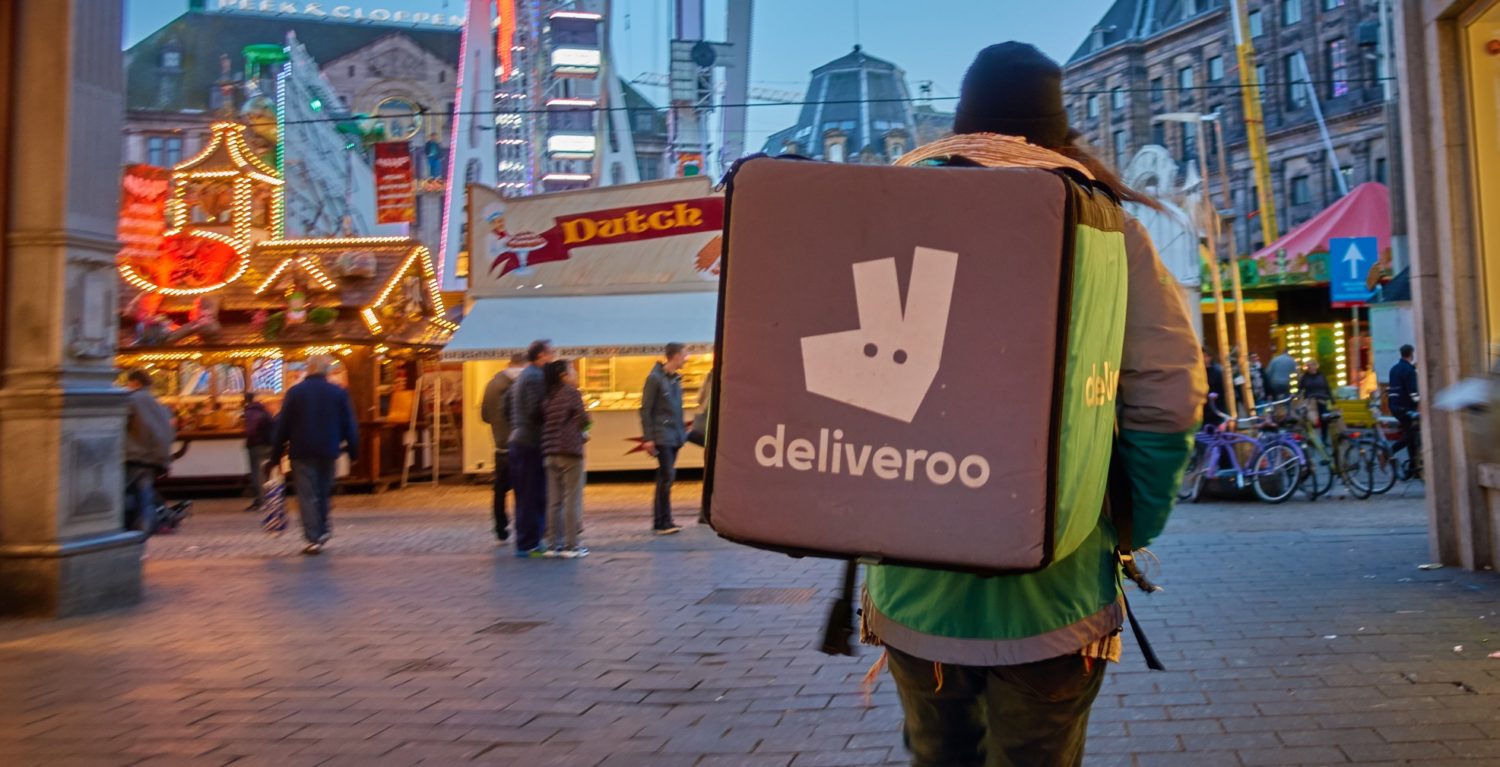Rocket boosters
David Arnold discusses his ideas to help unionise a broader swathe of the workforce.
The annual publication of trade union statistics seldom lifts the spirits. Although the recently published figures for 2017 show an increase in membership of 19,000, because the number of people in work rose faster, the proportion of working people who are members of unions overall fell again. The share of employees who are union members fell from 23.5 per cent to 23.2 per cent. This continues a long-term trend, with membership as a proportion of all employees falling by 9.25 from the 32.4 per cent achieved in 1995.
However, if you look carefully there are, despite everything, encouraging signs that unions are thinking seriously about how to address their decline – and developing some new ways of working that address the challenges of today’s fragmented labour market.
The TUC, for example, has launched WorkSmart, a pilot project aimed at supporting young workers and bringing them into union membership. Given the demographics of current membership this is an urgent task. Community union (previously the steel workers union) has developed an innovative membership offer for freelancers in partnership with social enterprise Indycube. And then, most recently, the small but increasingly important IWGB has continued to make progress through the courts in its attempt to establish that gig workers at Deliveroo are entitled to basic employment rights, and to assert their rights to be represented by their union for collective bargaining purposes.
So, on the one hand we see what looks like structural decline – on the other signs of hope. The big question in this context is how do we put rocket boosters under the latter, to promote more innovation and scale up initiatives those above so that they start to have an impact on those gloomy stats on density and collective bargaining coverage.
Clearly policy change and a more pro-union government would make a big difference. Again, there are signs of new thinking that address the here and now. The IPPR’s Power to the People report calls for government to lower the barrier to statutory recognition and to trial auto-enrolment. Labour’s 2017 manifesto drew heavily on proposals from the Institute for Employment Rights for new sector-level agreements and a government department to promote collective bargaining.
However, it is difficult to see that policy change will be a silver bullet. New research for Unions 21 suggests that even in a more pro-union environment, unions will still struggle. This shows that in the private sector union membership and organisational capacity is concentrated in sectors that are becoming less significant in terms of employment.
In the private sector the largest three areas in terms of workforce jobs are: retail; administrative and support services and professional, scientific and support services. Together these categories account for 43 per cent of private sector jobs. However, union density here is only ten per cent. The other side of the equation is that unions are strongest in parts of the private sector in which there are ever fewer jobs as a share of total employment. The top three private sector areas for unions are: transport and storage; utilities and manufacturing. Whereas density across these three categories is 30.6 per cent, fewer than 10 per cent of jobs are in these sectors.
Longer term projections suggest these trends will continue – with unions in one part of the economy and a growing number of employees in areas in which unions are weakest.
If unions want to do something about this, they have to be more prepared than in the past to take shared responsibility for the big labour market-wide picture, to encourage debate about innovation and change and to create new institutions and organisations specifically designed to address the capacity gaps in today’s labour market. These should include the following.
A new centre for trade union growth charged with developing movement wide strategic and tactical plans to boost membership and organisation where it is currently weak or non-existent.
A UK workers lab designed to be a hot house for new ways of doing things. This would invite bids from projects and start-ups (including from consortiums of current unions) aimed at experimenting with new forms of organising and campaigning in parts of the labour market in which unions currently struggle.
A union membership for the low-paid. Unions find it difficult to organise the low-paid. As the Changing Work Centre’s Future Unions report, and others, have suggested portable membership that people can take from job to job, much like AA membership. What has been lacking has been the institutional settlement that can allow this to take place. A new initiative, owned by the movement, targeted initially at the low paid, would be built on an organisational framework that enabled all unions with a sectoral interest to invest in something designed around supporting those on low pay in underrepresented sectors.
Investment for renewal initiative, including a solidarity fund. Resources need to be found for reform and modernisation. It is important that resources generated for this purpose are seen and structured as investments by the unions that make them. These could involve pooled investments for joint ventures in support of the measures above. Activists and conscientious existing members could support this work too. A solidarity fund could be established into which existing members contribute small amounts to help unionise a broader swathe of the workforce.
Change for the better: building new trade union institutions to deliver for today’s workers, a discussion paper by David Arnold is published by Unions 21
On 4 July 2018 the Changing Work Centre is hosting a free public event at parliament on the future of trade unions with Caroline Flint MP, Sue Ferns and Antonia Bance. Register here.

